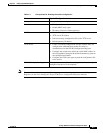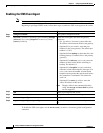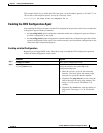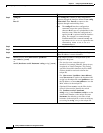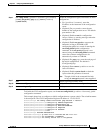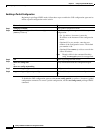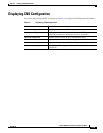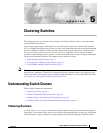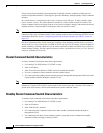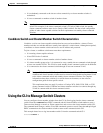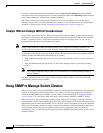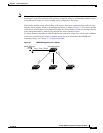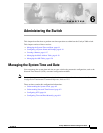
CHAPTER
5-1
Catalyst 2960 Switch Software Configuration Guide
78-16881-01
5
Clustering Switches
This chapter provides an overview of the concepts and of the procedures used to create and manage
Catalyst 2960 switch clusters.
You can create and manage switch clusters by using Network Assistant, the command-line interface
(CLI), or SNMP. Configuring switch clusters is more easily done from Network Assistant than through
the CLI or SNMP. For getting started procedures about using Network Assistant to configure switch
clusters, see Getting Started with Cisco Network Assistant, available on Cisco.com. For complete
procedures about managing switch clusters, see the switch online help. For the CLI cluster commands,
see the switch command reference.This chapter consists of these sections:
• Understanding Switch Clusters, page 5-1
• Using the CLI to Manage Switch Clusters, page 5-3
• Using SNMP to Manage Switch Clusters, page 5-4
Note We do not recommend using the ip http access-class global configuration command to limit access to
specific hosts or networks. Control access through the cluster command switch or by applying access
control lists (ACLs) on interfaces that are configured with an IP address. For more information on ACLs,
see Chapter 28, “Configuring Network Security with ACLs.”
Understanding Switch Clusters
These sections contain this information:
• Clustering Overview, page 5-1
• Cluster Command Switch Characteristics, page 5-2
• Standby Cluster Command Switch Characteristics, page 5-2
• Candidate Switch and Cluster Member Switch Characteristics, page 5-3
Clustering Overview
A switch cluster is a set of up to 16 connected, cluster-capable Catalyst switches that are managed as a
single entity. The switches in the cluster use the switch clustering technology so that you can configure
and troubleshoot a group of different Catalyst desktop switch platforms through a single IP address.



